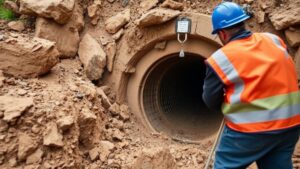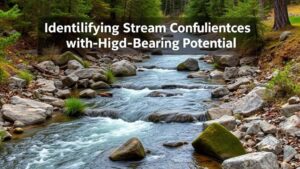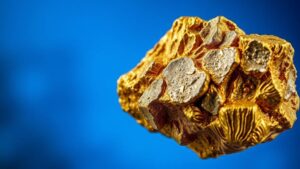Techniques for Prospecting Copper Deposits in Volcanic Regions
Techniques for Prospecting Copper Deposits in Volcanic Regions
Copper deposits in volcanic regions present unique geological challenges and opportunities for mineral exploration. Understanding the techniques for prospecting these deposits is essential for mining companies and geologists. This article discusses the effective strategies for uncovering copper within these complex geological settings, leveraging both traditional and innovative methods.
Geological Context of Volcanic Copper Deposits
Volcanic regions often host a variety of mineral deposits, including copper, due to their dynamic geological processes. formation of copper deposits in these areas is typically associated with hydrothermal systems and magmatic activity. For example, the famous Grasberg mine in Indonesia is an example of a large copper-gold deposit formed under volcanic conditions. Understanding these geological frameworks is crucial to effective prospecting.
Field Techniques for Prospecting
Field techniques are the backbone of mineral exploration. following strategies are commonly employed in volcanic terrains:
- Geological Mapping: Geologists conduct detailed mapping to identify rock types, structures, and alteration zones indicative of copper mineralization. For example, mapping in the Andes has revealed significant copper deposits related to volcanic arcs.
- Prospecting and Sampling: Systematic sampling of outcrops and soil can help identify the presence of copper minerals. Surface samples in regions like the Western Cordillera of South America yield clues about deeper deposits.
- Geophysical Techniques: Methods such as induced polarization (IP) and electromagnetic surveys are used to detect anomalies associated with copper ores. e techniques are beneficial in delineating subsurface structures.
Geochemical Analysis
Geochemical analysis plays a vital role in evaluating the potential of volcanic regions for copper extraction. Soil and rock samples can be analyzed for elemental concentrations that indicate the presence of copper. For example:
- Stream Sediment Sampling: This method involves collecting sediment from streams to identify upstream mineralization sources. It has been effective in the exploration of the copper deposits in areas like the Great Basin in the United States.
- Soil Geochemistry: By analyzing the soils chemical composition, explorers can detect anomalies in copper concentrations that may signify underlying deposits.
Remote Sensing and Geospatial Technologies
Remote sensing has transformed the prospecting landscape by enabling large-scale analysis of geological features without extensive fieldwork. Key techniques include:
- Aerial Surveys: Aerial imaging and multispectral data can help identify alteration zones associated with volcanic activity. Such methods have proven effective in regions like the Philippines, where alteration patterns suggest the presence of copper deposits.
- Geographic Information Systems (GIS): GIS platforms integrate various data sources and enable geologists to visualize and model potential mineralization areas.
Integration of Techniques
Combining traditional field methods with modern technologies enhances the efficacy of prospecting efforts. A comprehensive prospecting campaign may integrate geological mapping with geophysical surveys and geochemical analyses to create a multi-faceted understanding of the area. For example, a recent exploration project in Ecuador successfully utilized this integrated approach, resulting in the identification of previously unknown copper-rich zones.
Challenges and Considerations
Despite advanced techniques, prospecting in volcanic regions presents several challenges:
- Accessibility: Many volcanic areas are remote, which can complicate logistics and increase exploration costs.
- Environmental Impact: Minimizing ecological disturbance is crucial, and companies must adhere to regulatory frameworks while conducting prospecting.
Conclusion and Actionable Takeaways
Prospecting for copper deposits in volcanic regions requires a nuanced understanding of geological, geochemical, and geophysical methodologies. By utilizing an integrated approach that combines traditional techniques with modern technologies, exploration teams can enhance their prospects of success. Moving forward, prospective mining companies and geologists should:
- Invest in advanced geospatial technologies to improve data collection and analysis.
- Engage in collaborative efforts with local geologists to gain insights into regional geology.
- Develop sustainable exploration practices to minimize environmental impacts.
With these strategies, professionals in the field can maximize their potential for discovering and developing copper resources in the worlds volcanic regions.


